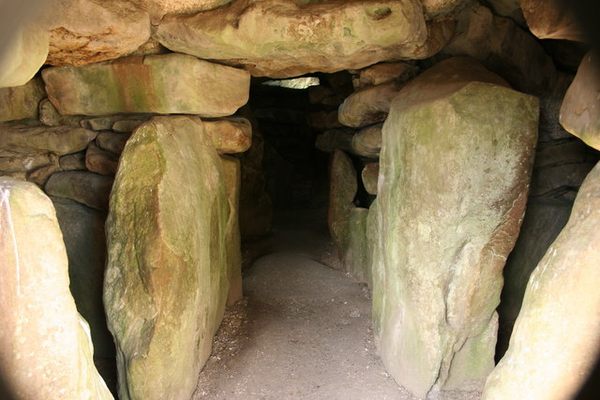AO Edited
Amesbury Archer
Pivotal in the research of early British Bronze Age life, found near Stonehenge.
Stonehenge, Britain’s most captivating monument, continues to reveal pieces of its enduring mystery. Among numerous archaeological discoveries, dubbed by the press as the “King of Stonehenge,” the Amesbury Archer reveals crucial details of life in the early Bronze Age. While some speculated he was involved in constructing Britain’s most famous historical site, archaeologists disagree. Regardless, history experts have noted he may have been of importance due to the proximity of Stonehenge.
Unearthed in May 2002 during a housing development excavation, the grave contained items typical of an early British Bronze Age burial. These items highlight the burial practices and culture of the period. Flint-knapping and metalworking tools, symbolizing the importance of weaponry, were found. Also unearthed were boar tusks and iron pyrite, typically used for fire-starting. On the skeleton was a black stone wrist guard on one forearm, a red wrist guard by the knees, a shale belt ring, and a pair of gold hair ornaments. These are now known as the oldest of their kind in England. The Amesbury Archer earned his epithet from the 16 barbed flint arrowheads discovered in his burial.
Although initially challenging to analyze, archaeologists eventually identified the remains as those of a middle-aged man, aged 35 to 45, dating back to 2300 B.C. Genetic analysis revealed he had Steppe and Early European Farmer ancestry, belonging to haplogroup R-L151. Oxygen isotope analysis indicated he spent his childhood in Central Europe, likely in the Western Alps.
The Amesbury Archer’s anatomy has remained well-documented, revealing several unusual features including an unfused shoulder blade and spina bifida. He also sustained an injury resulting in a missing left kneecap, likely causing a painful bone infection, and had an eroded hole in his jaw, possibly indicating an abscess.
Today, the remains and belongings of the Amesbury Archer reside in the Salisbury Museum and are on full display. The museum is also home to one of the King Alfred jewels, the Wardour hoard, and various archaeological discoveries from the Wiltshire and Hampshire area.
Know Before You Go
The remains of the Amesbury Archer can be seen at the Salisbury Museum in the Close. Standard entry is £10.90, however, if you would like to include a donation with your entry, the price is £12. There is limited parking in the close, and gates in the area close at 11 p.m.

















Follow us on Twitter to get the latest on the world's hidden wonders.
Like us on Facebook to get the latest on the world's hidden wonders.
Follow us on Twitter Like us on Facebook